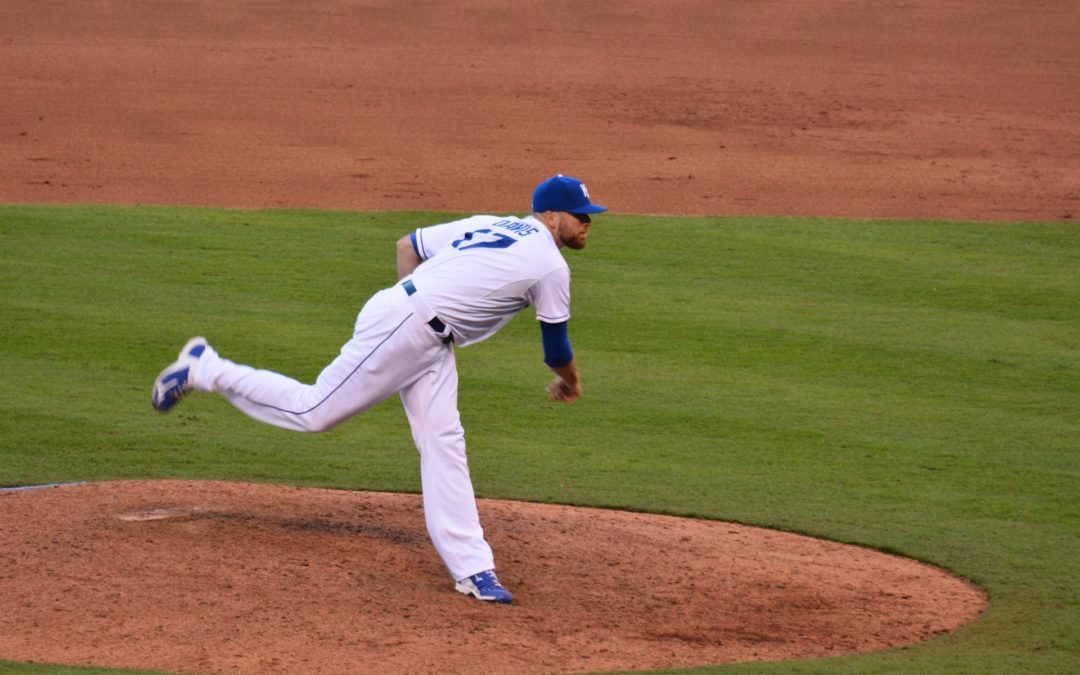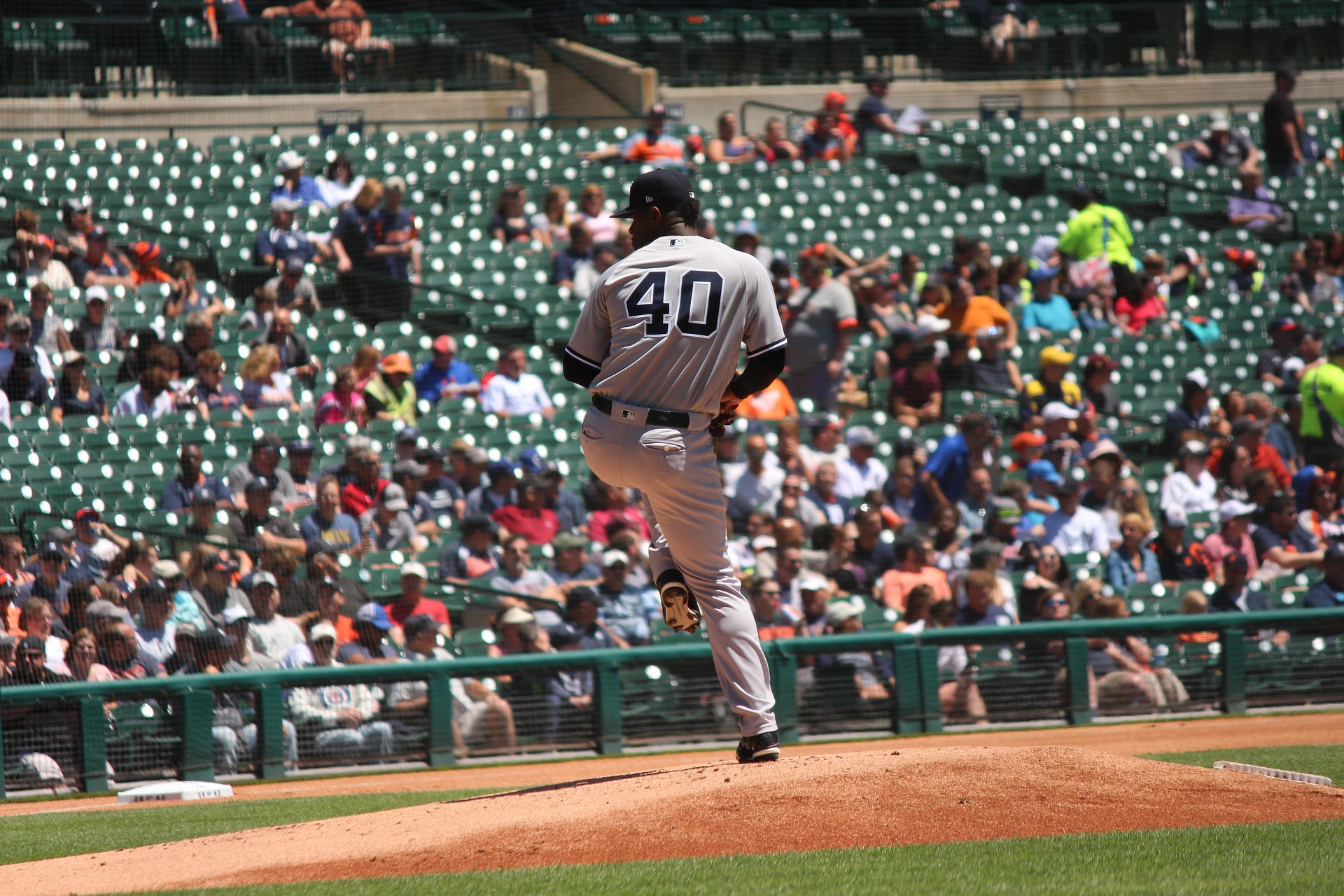Strength and conditioning programs are thoughtfully designed in order to elicit a desired adaptation that the coach believes will help the athlete perform better on the field. However, throwing programs are not always given the same careful consideration.
Many pitchers are still following a throwing program that basically consists of long toss a few times per week and a bullpen. While both of these have their place in a throwing program, many athletes will require a greater level of individualization and specificity in order to reach their highest performance level.
Considerations
When designing a strength and conditioning program the basic considerations are:
- The needs of the sport the athlete plays
- The athlete’s level of development
- The athlete’s deficiencies which may be inhibiting on-field performance
- The goals of the athlete
- The time of year
Many of these same points should be considered when designing a throwing program.
- What is the athlete’s level of development?
- Does the athlete have any inefficiencies identified during the mechanical analysis?
- What is the athlete’s current performance level?
- What are the athlete’s goals?
- What timeline are we working with?
Based on these questions, we can get a solid idea of what kind of changes we want to make and choose the appropriate methods from our toolbox in order to make the desired changes.
Development Level
Development level is a combination of biological age and training age. Obviously, a 10-year veteran in the big leagues and a 10–year-old with three years of playing experience are not going to be trained in the exact same way. In the same way that young athletes must build a solid foundation of general strength and movement competency in the weight room using a rich proprioceptive environment, the throwing program is similar in this regard.
Before using specific means of training, young athletes should be exposed to a variety of throwing movements, implements, and allowed/encouraged to explore movement. Whereas, older or “veteran” athletes will be given a more focused throwing program based on their needs.
Inefficiencies
While long toss and bullpens are definitely valuable they may not cover all the bases a pitcher needs to work on. Long toss can be great for helping athletes to move and throw athletically and with intent, but it may not lead all athletes to self-organizing to optimal patterns. Specific mechanical inefficiencies like poor hip/shoulder separation or an elevated distal humerus may need to be addressed through more specific constraint drills.
Here’s an example of drill that can be used to address hip/shoulder separation and/or early launch:
Similarly, bullpens are great for working on the ability to command your stuff and preparing for competition, but bullpens don’t necessarily optimize patterning, velocity, or pitch movement. More specific interventions, such as constraint drills or pitch design sessions, will likely be necessary to optimize these qualities as well.
Current and Relative Performance Level
Two pitchers, of similar age, either in high school or college, who throw 95 mph and 75 mph, should not be trained the same way. One is not limited by velocity while the other most certainly is. The lower velocity athlete will likely use a throwing program with a velocity focus, while the higher velocity pitcher may use a command, pitch design, or conservative throwing program in order to minimize injury risk.
The point is, if you are a stud pitcher for your age, your throwing program will probably not be very aggressive. Whereas, if you are behind in terms of performance or velocity, your throwing program is likely to be more aggressive.
Goals
The priority of a training plan is important. While multiple qualities can be worked on at once, in order to maximize progress, one quality will receive the majority of the focus. For example, if velocity development is the goal, the intensity required may necessitate lower volume overall. However, if the goal is command or pitch design, the relatively lower intensity and nature of the goals will likely result in a higher throwing volume.
Timeline
The date of the next competition is an important piece to the planning process. The more time there is to work with, the more it allows the program to focus on a specific aspect of performance, rather than just being prepared to compete. For example, running throws can help improve velocity, but if the next competition is close, a velocity focus may not be an option, or mound velocity sessions may be a better option.
Deloads
Many strength and conditioning programs utilize deloads in order to decay fatigue and optimize adaptations. During the offseason it may be wise to add these to throwing programs as well. A 3+1 model, similar to what many coaches use in their strength and conditioning programs, may work well in throwing programs. The first three weeks of the program are loading weeks, followed by a one week deload during which volume is reduced by ~30% from the previous week. If the offseason is long, during a gap year for example, this may be especially beneficial. While if the offseason is exceptionally short, without very much high intensity throwing, deloads may be unnecessary.
Conclusion
Throwing programs are extremely important to the success of pitchers and should be carefully planned with more specific design parameters. As with strength and conditioning programs the design of the program should reflect the needs of the individual as well as the adaptations that we would like to elicit.
Interested in getting a customized program based on your needs and goals? Contact me.


